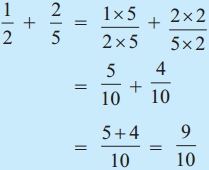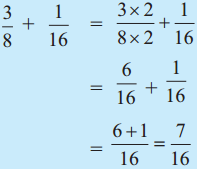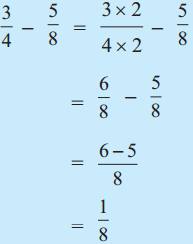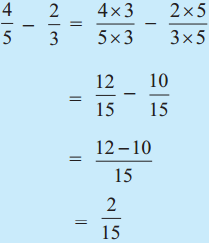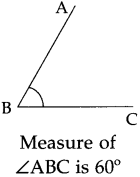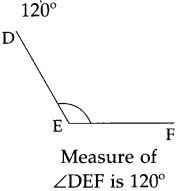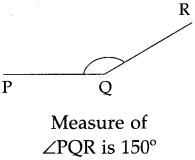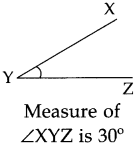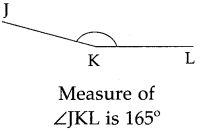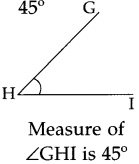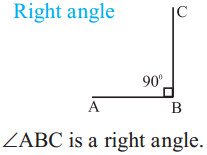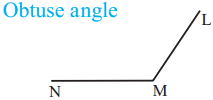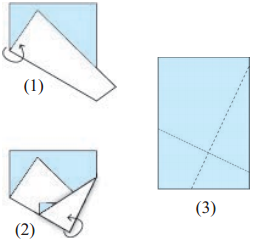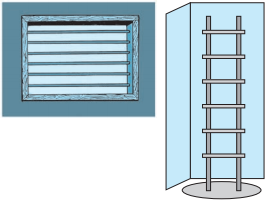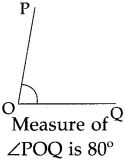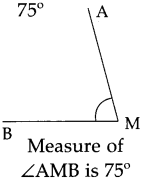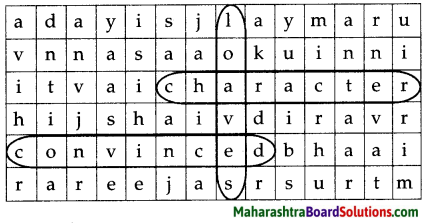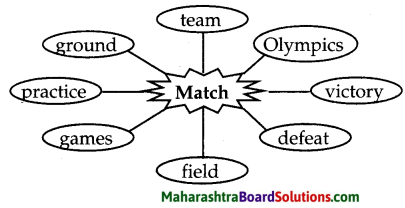Addition and Subtraction Class 5 Problem Set 10 Question Answer Maharashtra Board
Balbharti Maharashtra Board Class 5 Maths Solutions Chapter 3 Addition and Subtraction Problem Set 10 Textbook Exercise Important Questions and Answers.
Std 5 Maths Chapter 3 Addition and Subtraction
Question 1.
Subtract the following:
(1) 64293
–
28547
________
________
Solution:
6 4 2 9 3
–
2 8 5 4 7
Answer:
3 5 7 4 6

![]()
(2) 37058
–
23469
________
________
Solution:
3 7 0 5 8
–
2 3 4 6 9
Answer:
1 3 5 8 9

(3) 71540
–
58628
________
________
Solution:
7 1 5 4 0
–
5 8 6 2 8
Answer:
1 2 9 1 2

![]()
(4) 50432
–
48647
________
________
Solution:
5 0 4 3 2
–
4 8 6 4 7
Answer:
0 1 7 8 5

Subtraction of six and seven-digit numbers
You have learnt to carry out subtractions of five-digit numbers. Using the same method, we can do subtractions of numbers with more than five digits. Study the following examples.
![]()
Subtract :
Example (1) 65,07,843 – 9,25,586
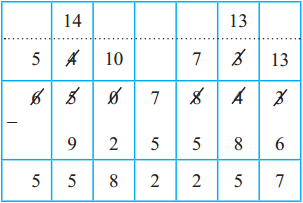
Example (2) 34,61,058 – 27,04,579
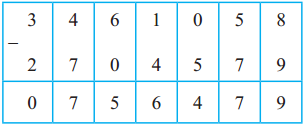
As shown in the above example, learn to subtract by keeping the borrowed numbers in your mind without writing them down.
Subtraction by another method Before subtracting one number from another, if we add 10 or 100 to both of them, the difference remains the same. Let us use this fact.
Example : Subtract : 724 – 376
As we cannot subtract 6 from 4, we shall add a ten to both the numbers. For the upper number, we untie one tens. We add those ten units to 4 units to get 14 units.
![]()
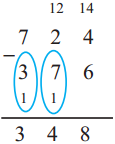
We write the tens added to the lower number below it, in the tens place.
We subtract 6 units from 14.
Now, we cannot subtract ( 7 + 1) i.e. 8 tens from 2 tens. So, we add one hundred to both the numbers. For the upper number, we untie the hundred and add the ten tens to 2 tens. To add the hundred to the lower number, we write it below, in the hundreds place. 12 tens minus 8 tens is 4 tens. And 7 hundreds minus (3 + 1) i.e. 4 hundreds is 3 hundreds. Hence, the difference is 348.
Example (1)
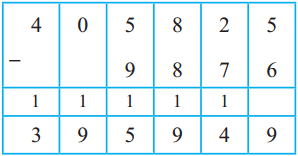
Example (2)
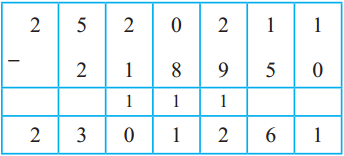
![]()
Roman Numerals Problem Set 5 Additional Important Questions and Answers
Question 1.
Subtract the following:
(1) 81,345 – 35,667
Solution:
8 1 3 4 5
–
3 5 6 6 7
Answer:
4 5 6 7 8

(2) 64,723 – 52,378
Solution:
6 4 7 2 3
–
5 2 3 7 8
Answer:
1 2 3 4 5

Maharashtra Board Class 5 Maths Solutions
- Addition and Subtraction Problem Set 7 Class 5 Maths Solutions
- Addition and Subtraction Problem Set 8 Class 5 Maths Solutions
- Addition and Subtraction Problem Set 9 Class 5 Maths Solutions
- Addition and Subtraction Problem Set 10 Class 5 Maths Solutions
- Addition and Subtraction Problem Set 11 Class 5 Maths Solutions
- Addition and Subtraction Problem Set 12 Class 5 Maths Solutions
- Addition and Subtraction Problem Set 13 Class 5 Maths Solutions
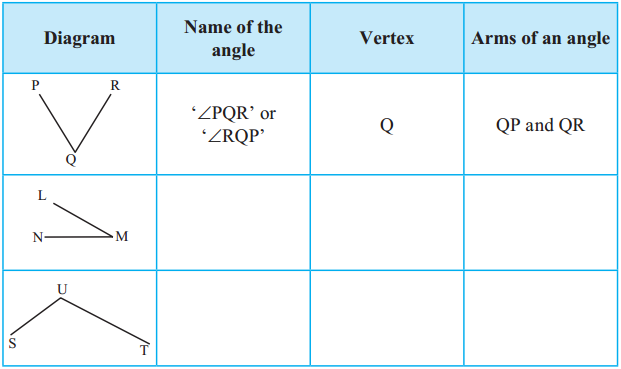
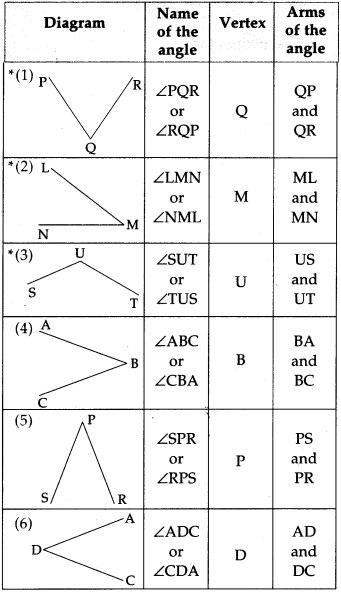
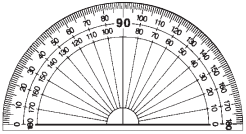

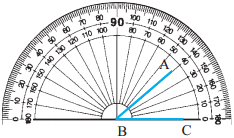

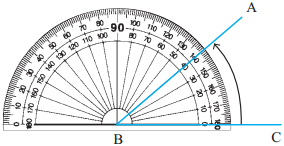
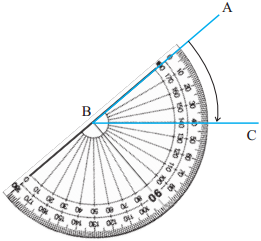









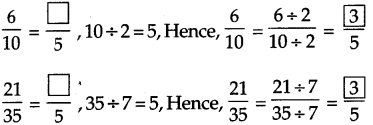


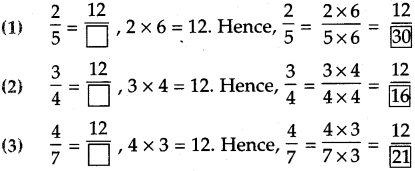


 . Therefore, 16/28 and 21/28 are the required like fractions.
. Therefore, 16/28 and 21/28 are the required like fractions.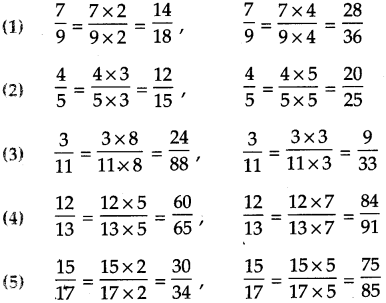

 So let us divide each part on this strip into two equal parts. \(\frac{4}{6}\) is a fraction equivalent to \(\frac{2}{3}\). Now, as 16 is to be added to \(\frac{2}{3}\) i.e. to \(\frac{4}{6}\), we shall colour one more of the six parts on the strip. Now, the total coloured part is \(\frac{5}{6}\).
So let us divide each part on this strip into two equal parts. \(\frac{4}{6}\) is a fraction equivalent to \(\frac{2}{3}\). Now, as 16 is to be added to \(\frac{2}{3}\) i.e. to \(\frac{4}{6}\), we shall colour one more of the six parts on the strip. Now, the total coloured part is \(\frac{5}{6}\).

